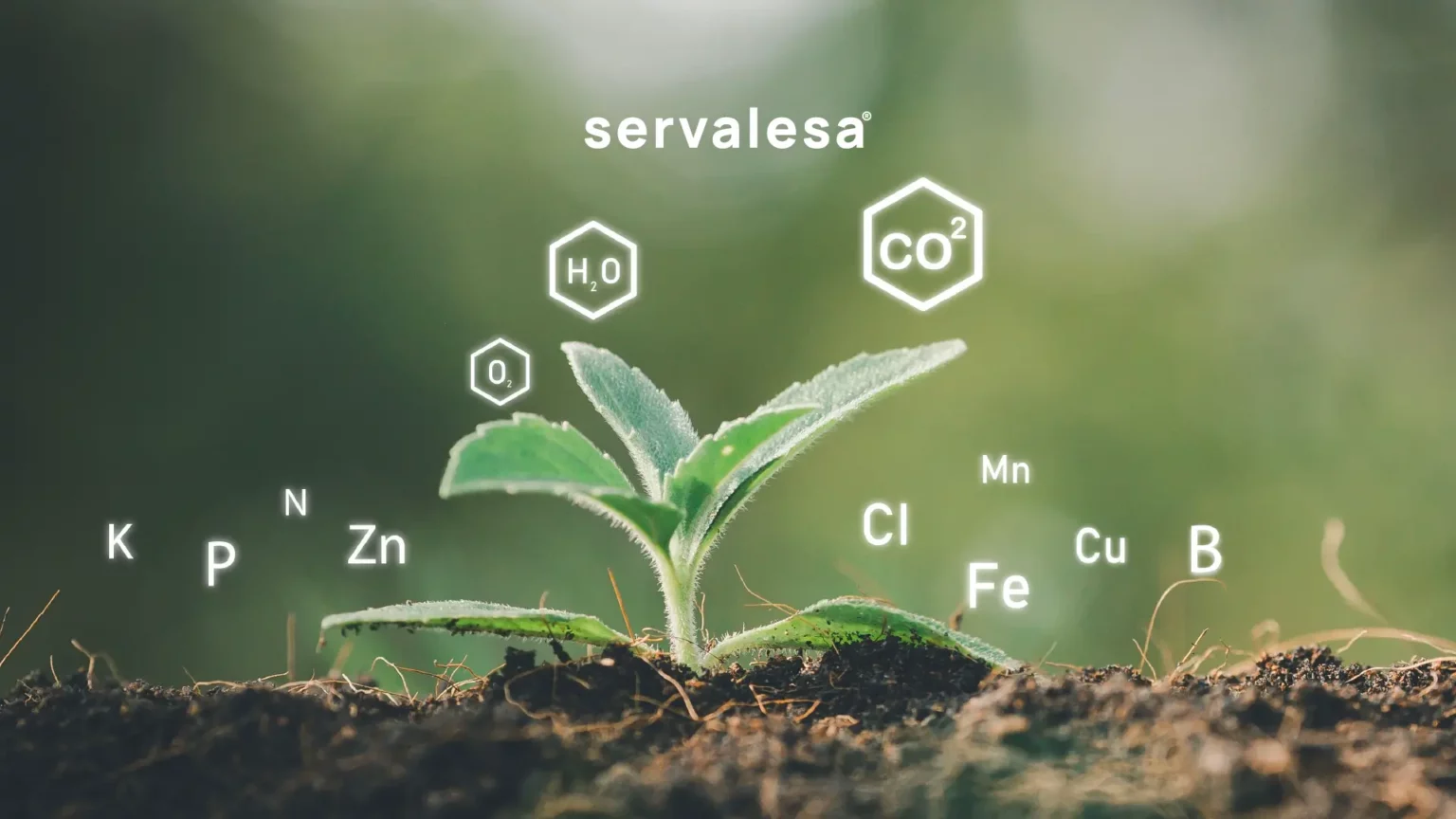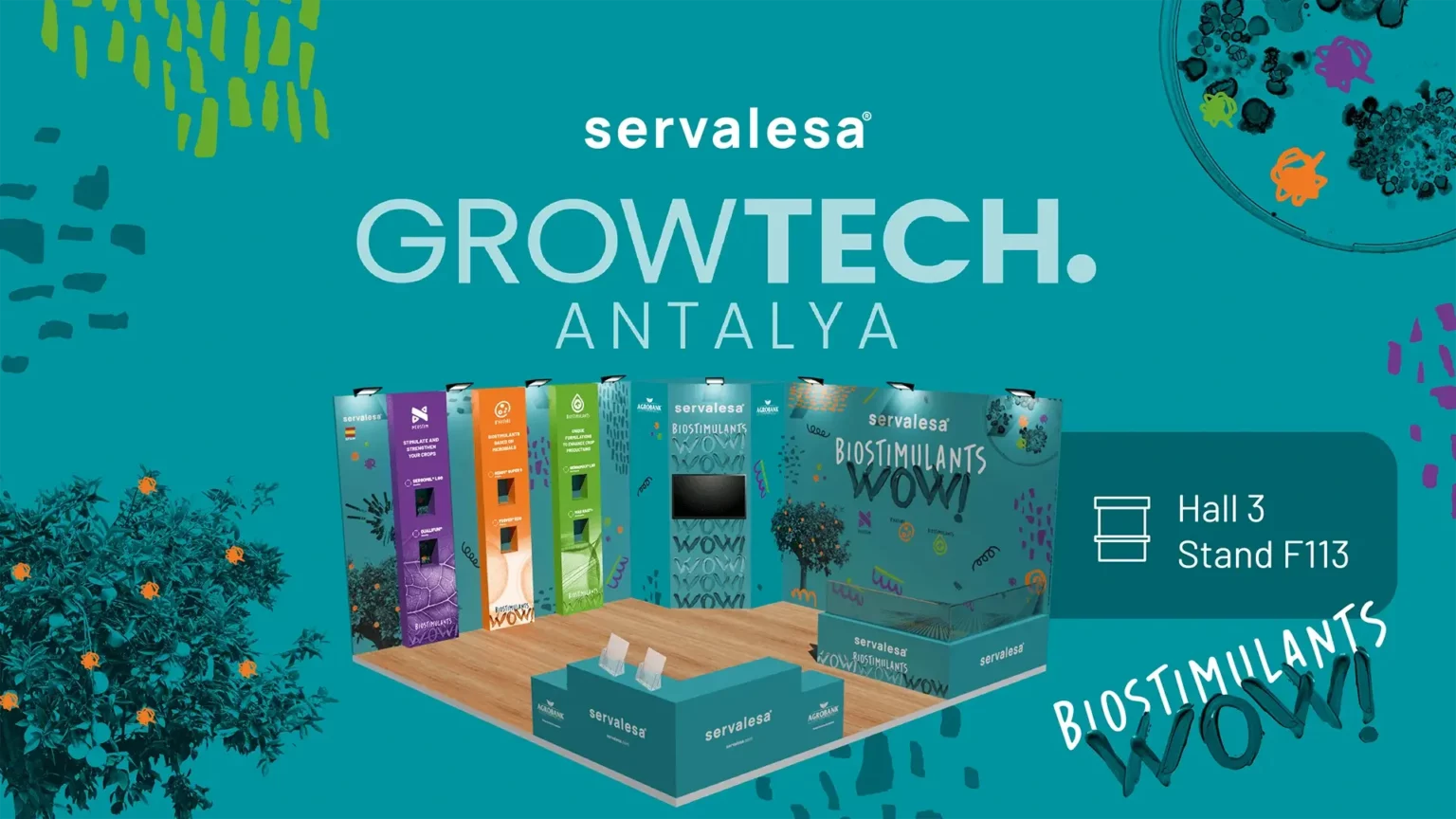The soil is essential for life, and the novelty is that life is essential for the soil. However, the human eye cannot see the life within the soil, which is composed of a multitude of organisms, including microorganisms.
Do we believe in microorganisms? Well, it’s a current question, but microorganisms are not just a matter of belief or faith. We can have more or less confidence in them, but we can also observe them through a microscope. It is an irrefutable truth that they are the main protagonists of life and responsible for many processes that occur. After all, microorganisms are the oldest inhabitants of Earth, and only 1% of fungi and 8% of bacteria have been identified according to estimates.
Think about one of nature’s great wonders: the Amazon, for example. Are we truly aware of the immense number of microorganisms working there daily? Let’ s consider the only one of the seven wonders of the ancient world that still stands: the Pyramids of Giza. How many microorganisms were involved in their construction, and how many continue to inhabit that portion of the desert today? These are difficult questions to answer, but they lead us to conclude that the number is (or was) very high, and they must have worked in collaboration or consortia to achieve their goals. Moreover, this is the natural cycle of life. It is estimated that the human microbiome may be composed of 37 trillion microorganisms, which are also the architects of our creation and existence.
All these universal truths should be enough reasons to revere microorganisms and be, literally, eternally grateful, as they are indeed eternal for now.
Well, now thinking about agriculture and against all odds, humans have spent decades disrupting the natural cycle of life through the use of synthetic fertilizers and pesticides. The pursuit of technological exploitation and new business models after World War II led us to produce food in abundance, raise the welfare standards of societies (to a greater or lesser extent), and ultimately exponentially increase the population. And at what cost? At the cost of the excessive use of synthetic fertilizers and pesticides, which have increased erosion problems (drastic reduction or total elimination of organic matter in the soil), impoverished soils by blocking nutrients in non-assimilable forms for plants, unbalanced fauna and flora, increased salinity problems, and, among many other consequences, neglected soil life and left bacteria unemployed.
BIOMIMESIS
It seems curious that microorganisms in agriculture, creators of the human being, have been neglected and forgotten by humans until relatively recently. About 80 years ago, we decided to underestimate the agricultural potential of microorganisms and replace them with other alternatives that seemed more efficient at first, creating less complex and more unbalanced systems.
Fortunately, more than two decades ago, various intellectual currents or stakeholders raised their voices in favor of sustainability to meet present needs (safer food) without compromising the potential of future generations (preserving resources and means of production). Sustainability has emerged as the main bastion and raison d’être for many companies in the agri-food sector and as an unstoppable consumption trend for consumers worldwide. To achieve this goal, science has focused on research and the development of technology that mimics nature, that is, designing solutions to problems arising from the imitation of strategies proven and optimized by nature over billions of years, or using nature as a source of inspiration. In summary, biomimesis.
CONSORTIA
Based on the principle of biomimesis, at Servalesa, we propose the use of microorganism consortia to complement conventional fertilization practices with greater rationality and contribute to restoring communities in agricultural soils. This involves participating in the increase and rebalancing of microorganism populations through the exogenous application of strains considered beneficial for soils and crops, acknowledging that they are not substitutes but rather complements. “Individual cells form populations; populations that utilize the same resources constitute groupings called ‘guilds,’ and sets of guilds that carry out complementary physiological processes interact to form microbial communities. These communities, in turn, interact with macroorganism communities and define the entire ecosystem” (Madigan, Martinko & Parker, 1999, 533).
Generally, microorganism consortia are microbiology-based products that combine different microorganisms and strains of microorganisms into a single formulation, noted for their biodiversity. This biodiversity fosters adaptability, versatility, synergy, and efficacy. “Life did not conquer the globe through combat, but through alliances” (Margulis & Sagan, 1986, 15, cited by Capra, 1998, 242)
An important first aspect is adaptability, which is based on the ability of microorganisms and different strains to establish and develop in a wide range of soils with varying pH levels, textures, and electrical conductivities. The microorganisms included in the various consortia-based formulations must have the capacity to adapt; hence, quality plays a fundamental role. A high concentration of spores in the formulation will be a determining factor in this adaptation.
A second fundamental aspect is the versatility of microorganism consortia. There is a trend to adapt the conceptualization of synthetic molecules to microbiology, leading to a multitude of market products featuring a single strain attributed to only one benefit or function (such as phytosanitary, biostimulant, or biofertilization). However, strictly adhering to science, a single strain of a microorganism can be attributed with numerous modes of action, to varying degrees. By multiplying the number of microorganisms and/or strains in a formulation, we multiply the range of actions and benefits for the crop.
A third aspect is synergy. The association reflects synergistic or syntrophic lifestyles (which means “eating together”) where the growth and cyclic flow of nutrients are conducted more effectively and efficiently than in individual populations (López, Domínguez & García, 2007). Functionally, a microbial consortium surpasses the sum of its parts; its members maintain metabolic and ecological compatibility as long as the environmental transformations they generate allow them to coexist closely.
Lastly, considering that root system secretions are rich in carbon compounds derived from photosynthesis and that the plant kingdom decides which types of microbial populations should accompany it throughout its life cycle, it is worth highlighting that the efficacy of microorganism consortia can be approached from many perspectives:
- That they can act as biological control agents, helping to control diseases caused by other pathogenic bacteria and fungi.
- They can induce mechanisms of resistance to pathogens and abiotic factors.
- They can produce stimulating substances, leading to an increase in the growth rate of the root system, enhanced vigor, and greater productivity.
- They are able to solubilize macronutrients, such as phosphorus and potassium, and to metabolize organic matter.
- Produce extracellular enzymes and phytohormones, such as auxins.
- They secrete siderophores, iron chelating substances.
- They are capable of fixing atmospheric nitrogen.
- Promote plant growth and stimulate the establishment of other beneficial root-associated microorganisms such as mycorrhizae.
- That they degrade ethylene precursors.
- That they produce proteases and other enzymes to degrade a wide variety of natural substrates.
Al igual que sucede en otras industrias, la biología y la agronomía deben volver a reconocer y abrazar el potencial de los microorganismos. Debemos considerar que los consorcios microbianos ofrecen la posibilidad de entender cómo la asociación y la división de las tareas dentro de un sistema social permiten, a partir de la especialización, el desarrollo de proyectos que de manera autónoma no se podrían lograr.
The challenge of sustainability is the perfect opportunity to, through biomimesis, utilize microorganisms in the form of consortia to restore life to the soil, optimizing harvests without compromising the ability of future generations to produce.




